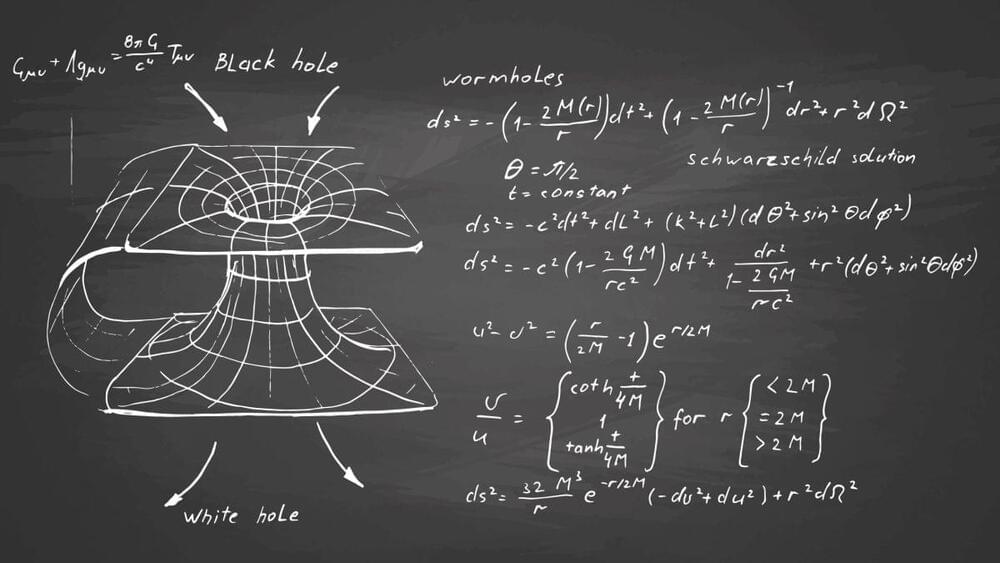Black holes are getting weirder by the day. When scientists first confirmed the behemoths existed back in the 1970s, we thought they were pretty simple, inert corpses. Then, famed physicist Stephen Hawking discovered that black holes aren’t exactly black and they actually emit heat. And now, a pair of physicists has realized that the sort-of-dark objects also exert a pressure on their surroundings.
The finding that such simple, non-rotating “black holes have a pressure as well as a temperature is even more exciting given that it was a total surprise,” co-author Xavier Calmet, a professor of physics at the University of Sussex in England, said in a statement.







